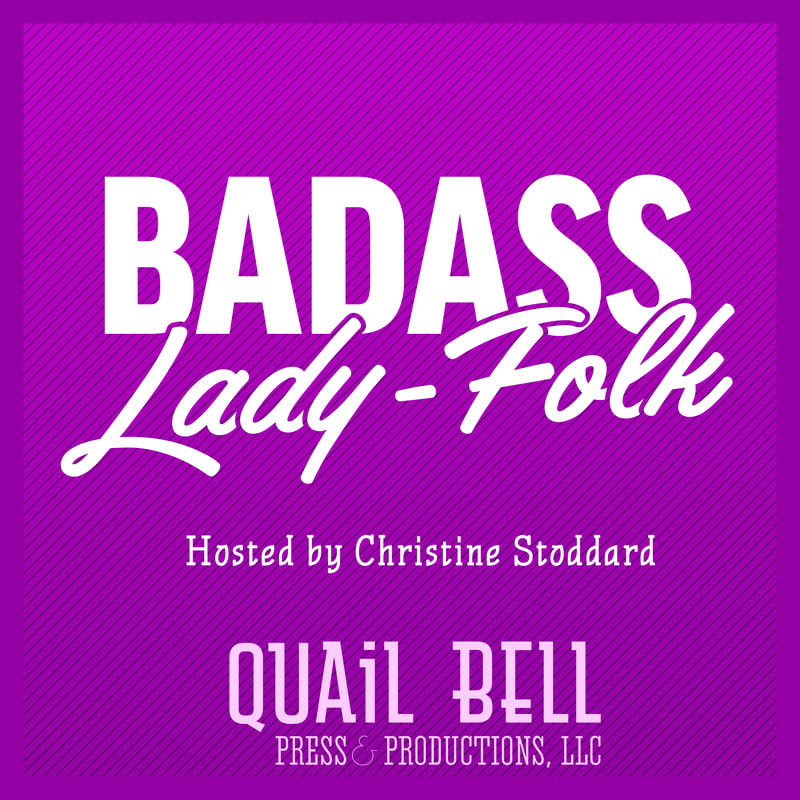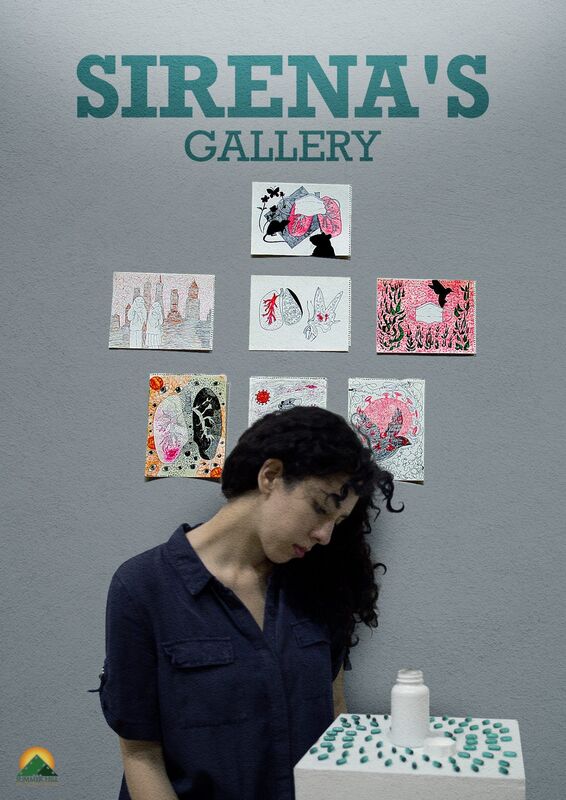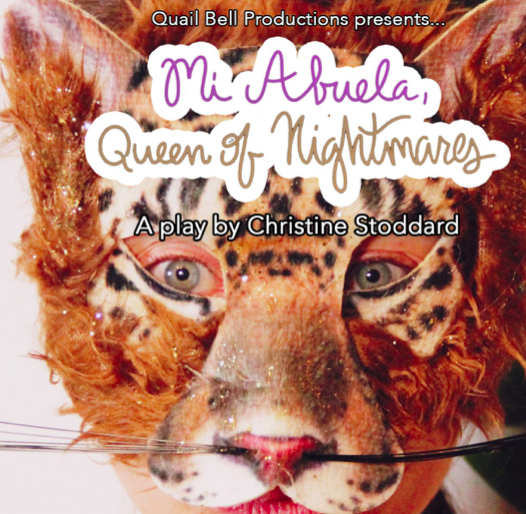|
The Breadcrumbs widget will appear here on the published site.
A New Yorker State of Mind
By Jody Rathgeb
QuailBellMagazine.com
I am a long-time subscriber to The New Yorker. Looong-time. In its pages I read Annie Proulx’s “Brokeback Mountain” long before it became a film; Woody Allen’s “The Kugelmass Episode,” a hilarious take on Madame Bovary; John McPhee’s articles on Man vs. Geology; Calvin Trillin’s explorations into small towns and big food. Each issue seemed to contain bits of greatness from great writers. John Updike! Roger Angell! Pauline Kael! Although, I was not yet a subscriber for John Hersey’s “Hiroshima” or Rachel Carson’s serialization of Silent Spring (I’m just old, not ancient).
The New Yorker and I have been through several address changes, a name change (mine), the awkward Tina Brown years, and the difficulties of a long-distance relationship, when I would have to wait a month or more for each issue to arrive on North Caicos Island. I remember certain cartoons and covers the way most people attach memories to movies and pop songs. I am loyal, and I know I’m not alone. Not only is it more than just another magazine, The New Yorker also sits apart from all the other special media that tend to capture loyal audiences today. It’s an experience more private than an “it” TV show like “Breaking Bad” or “House of Cards”; more current events-based than any popular series of novels; more considered than tweets, memes and listicles; more accessible than fine art or literary journals. The New Yorker isn’t beyond criticism and jokes, and it’s always a good target for some inscrutable cartoons, unstructured fiction, political boldness and provincialism. Cover art alone could form someone’s graduate thesis. Was Barry Blitt’s “fist bump” cover (Titled “The Politics of Fear”) satire or racist? Is Saul Steinberg’s “View of the World from 9th Avenue” self-irony or a New Yorker statement? Could the black-on-black post-911 cover by Art Spiegelman and Francoise Mouly have been more perfect? Within its pages I always find something compelling in my New Yorker, whether it’s a non-fiction piece that sparks my interest in an unlikely subject, a short story that haunts, or a “casual” that I wish I’d written. The essence, for me, is that The New Yorker always tells a good story. Harold Ross didn’t start The New Yorker in 1925 to be the significant cultural commentary that it has become. He just wanted to make some money with a light magazine that caught the tenor of the times. But he and those who followed him (except maybe Tina) were sticklers for language, facts and storytelling. The rest is the magazine’s history. Thus it offers a lesson both for writers and for anyone trying to live a creative life: Don’t try to be significant. Try to be true, to be entertaining, and to tell a story. The significance will happen.
#Real #TheNewYorker #LiteraryMagazines #Culture #BeTrueBeYou #Significance
Visit our shop and subscribe. Sponsor us. Submit and become a contributor. Like us on Facebook and follow us on Twitter.
CommentsComments are closed.
|
|










